Introduction
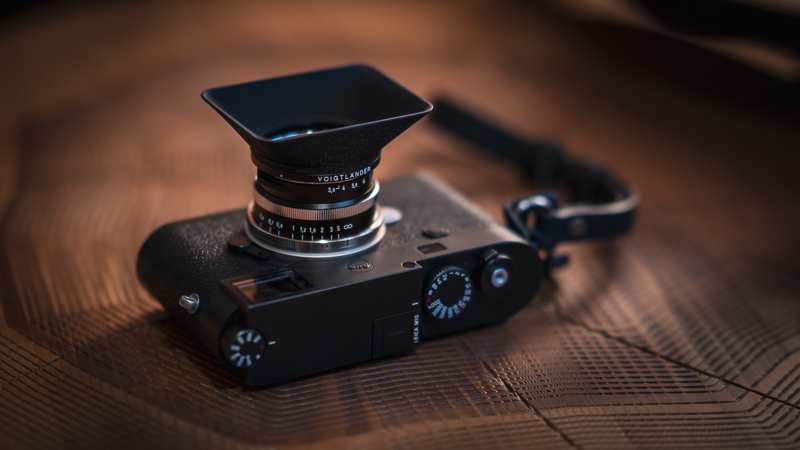
The Voigtlander VM 21mm 3.5 Color-Skopar is Cosina’s latest slower 21mm lens. Phillip already reviewed the E-mount version, now I am having a look at the M-mount version, also to find out, whether there are actually optical differences between the two versions.
Lens is being tested on 42mp Sony A7rII and 24mp Leica M10
Sample Images
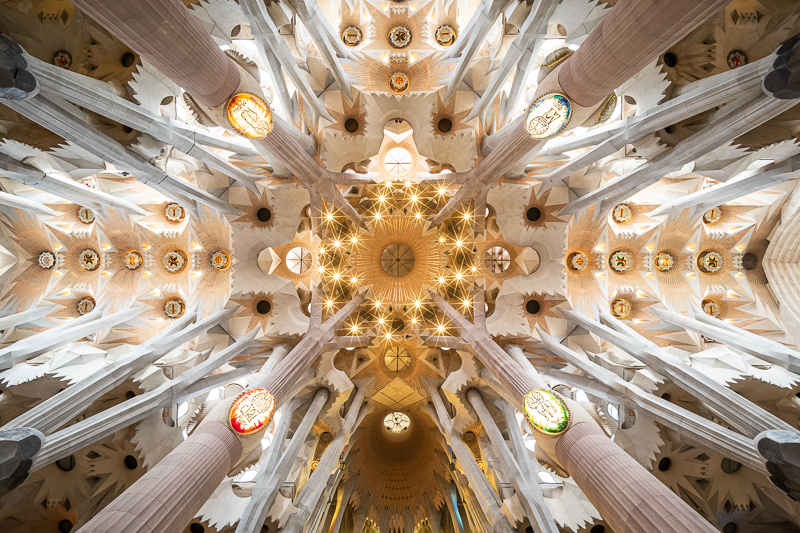
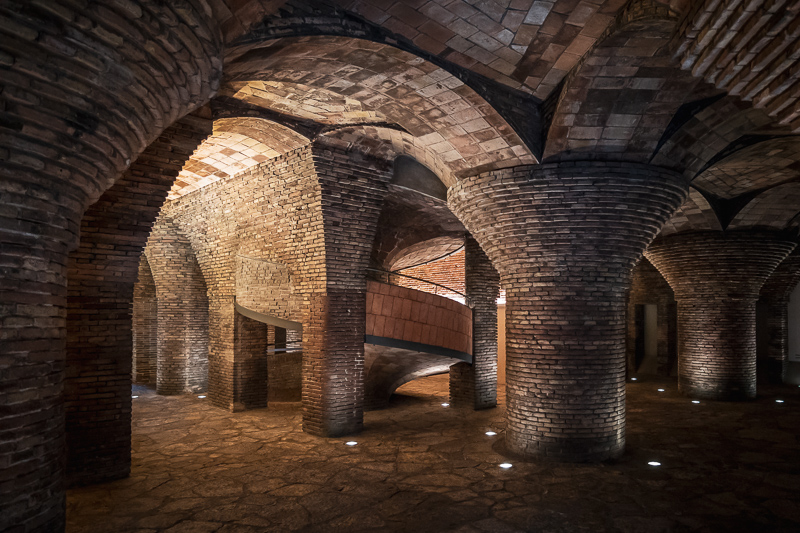
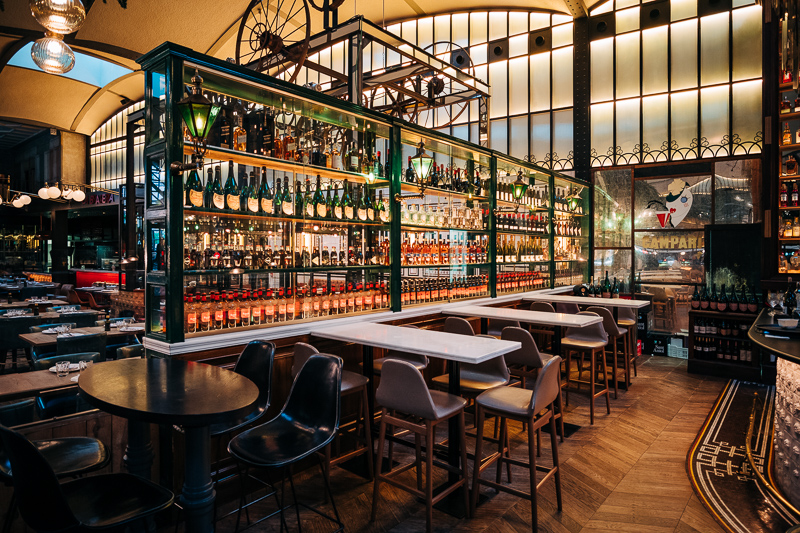
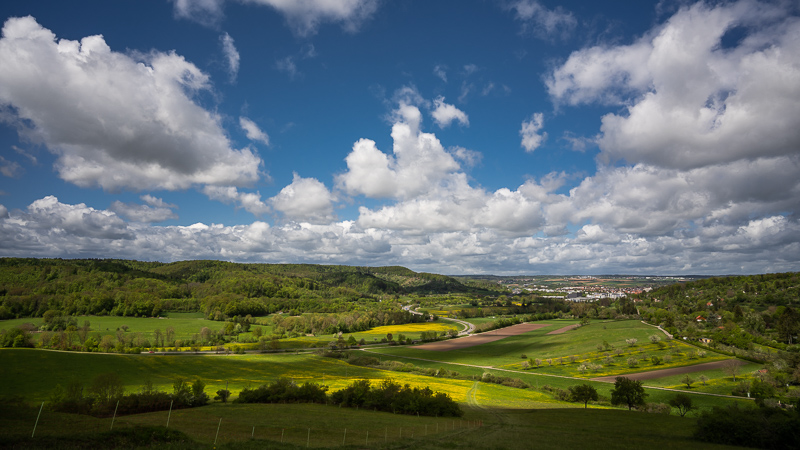
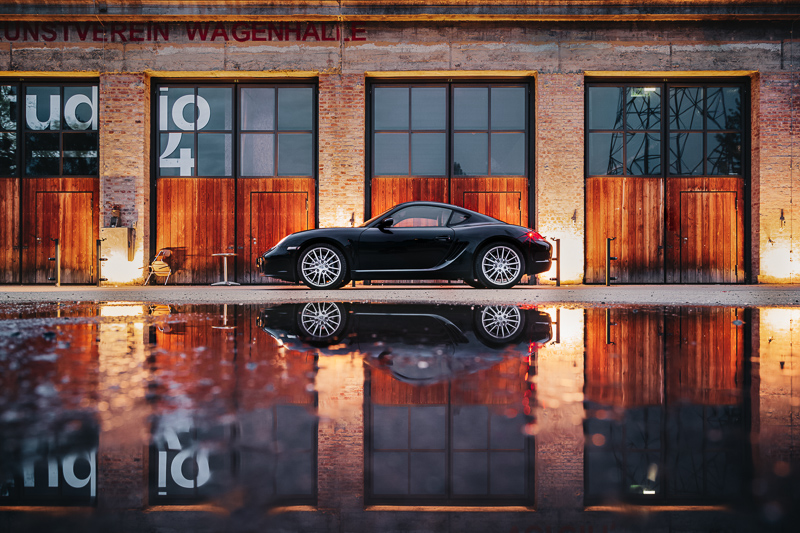
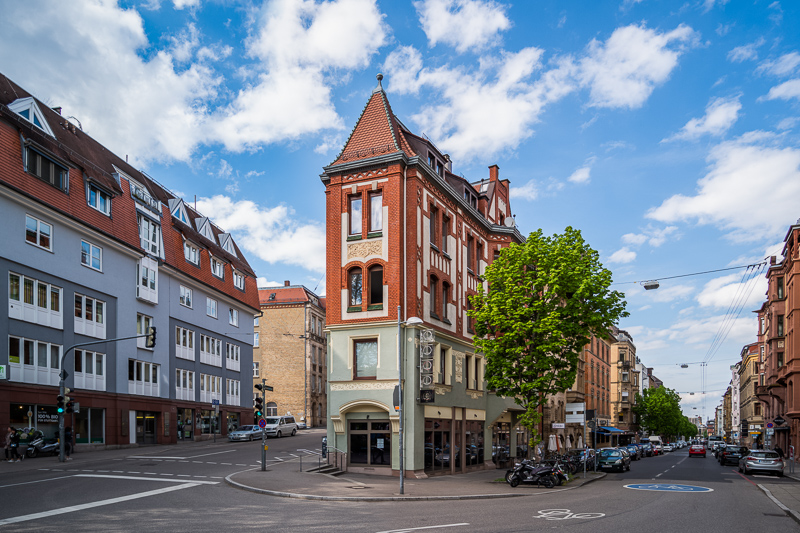
Most of the sample images in this review can be found in full resolution here.
Contents
Specifications / Version History
Cosina has a pretty long history of making 21mm M-mount lenses but I will only talk about the slower ones here. So far we had:
-
- Voigtlander 21mm 4.0 Color-Skopar
M39, 8/6 design, MFD 0.5 m - Voigtlander VM 21mm 4.0 P Color-Skopar
132g, M-mount, 8/6 design (same as above), MFD 0.5 m - Voigtlander VM 21mm 3.5 Color-Skopar
182g, M-mount 9/8 design, MFD 0.5 m
- Voigtlander 21mm 4.0 Color-Skopar
As you can see not only the maximum aperture has been slightly increased but also the weight and complexity of the lens. I am reviewing the latest 21mm f/3.5 version here which has the following specifications:
-
- Diameter: 52 mm
- Field of view: 91.2° (diagonally)
- Length: 30 mm
- Weight: 182g (without hood and caps + adapter)
- Filter Diameter: 39 mm
- Number of Aperture Blades: 10 (straight)
- Elements/Groups: 9/8
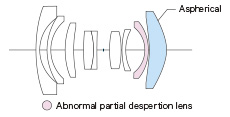
- Close Focusing Distance: 0.50 m
- Maximum Magnification: ~1:20 (measured)
- Mount: Leica-M
You may also have a look at the official page.
You can usually find the Voigtlander VM 21mm 3.5 on CameraQuest, B&H, Robert White, amazon.com or ebay.com for about $799/799€ (affiliate links)
Handling / Build Quality
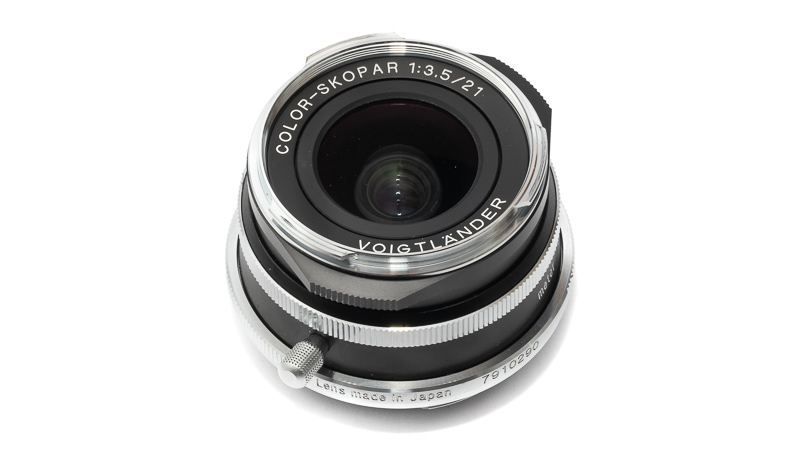
When it comes to the Cosina’s M-mount lens line-up I still fail to see a clear line when it comes to design as well as features. This 21mm 3.5 is part of the “Vintage line”, as is the Voigtlander VM 75mm 1.5 Nokton, yet they look and feel completely different.
The term Vintage line is especially misleading, as many people think it is connected to the optical design whereas it only relates to the look of the casing.
Now the latest introductions to the Vintage line (VM 28mm 2.0 Ultron and VM 35mm 2.0 Ultron) even come in two to three different casing designs, one of which matches this 21mm 3.5.

What is fortunately true regardless of the design is that so far none of the Voigtlander lenses disappointed in terms of build quality. The focus ring has a nice – albiet not perfectly even – resistance and travels ~100° from the minimum focus distance (0.5 m) to infinity. The focus ring also features a small focus lever.
The aperture ring has 1/2 stop click stops which I think is a good compromise. It travels about 90° from f/3.5 to f/22. Most parts seem to be made from metal and all markings are engraved and filled with paint.
Because almost everything on the lens is a moving ring it is not that easy to attach it to or detach it from the camera. Zeiss Loxia users know this problem already.
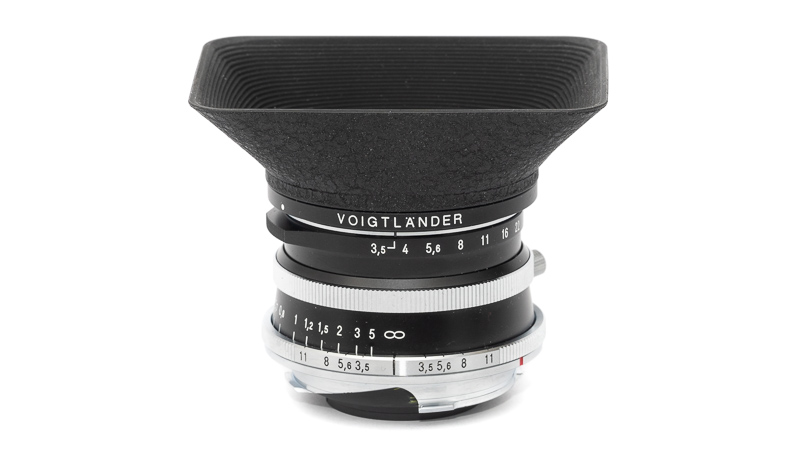
I still don’t understand why the E-mount lenses always include a lens hood whereas the M-mount lenses don’t and instead you are expected to pay a hefty extra for them.
The designated hood for this 21mm f/3.5 lens is the LH-11 rectangular aluminium retro-style hood. It uses a bayonet to attach to the lens, but to my surprise it doesn’t align perfectly, which in my opinion is unacceptable given its ridiculously high price tag.
Vignetting
light falloff
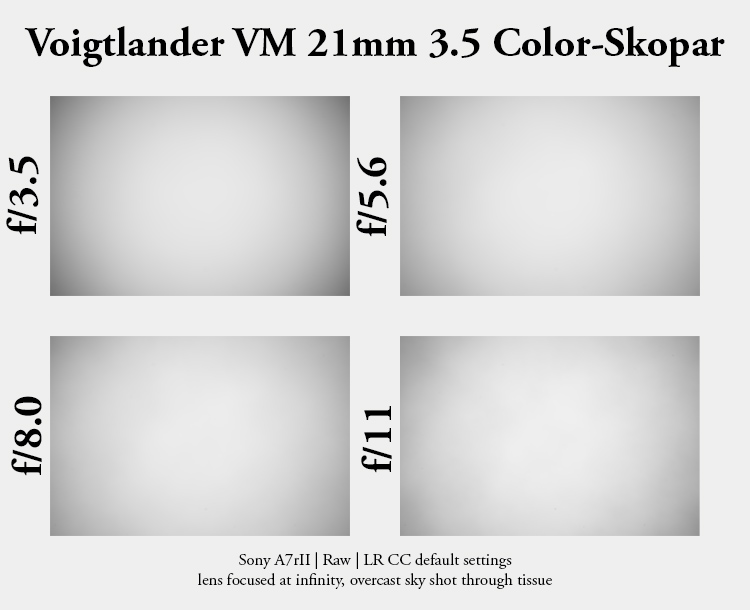
Small lenses usually show a high amount of vignetting and the VM 21mm 3.5 Color-Skopar is no exception. Wide open the light falloff amounts to 2.4 EV and there is only little improvement on stopping down, as it is still 1.9 EV at f/11. Other small 21mm lenses perform similarly at shared apertures. You can either correct this in Lightroom or directly in camera. There is a Lightroom profile available for this lens.
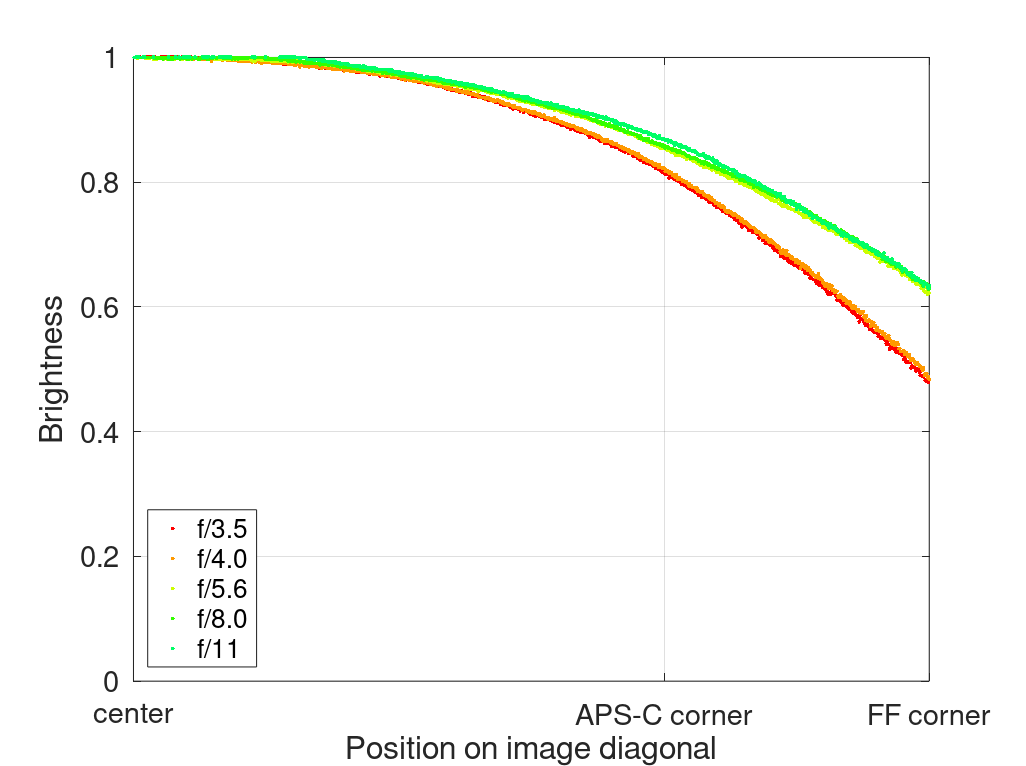
It is recommended to have a look at this article first to get an idea how this brightness graph works.
color cast
In scenes with an overcast sky you may be able to see a very slight greenish/blue color cast (on the Sony A7II as well as the Leica M10) in the corners, but it is generally so little, I did not correct it in any of the sample pictures.
Sharpness
infinity (42mp Sony A7rII)
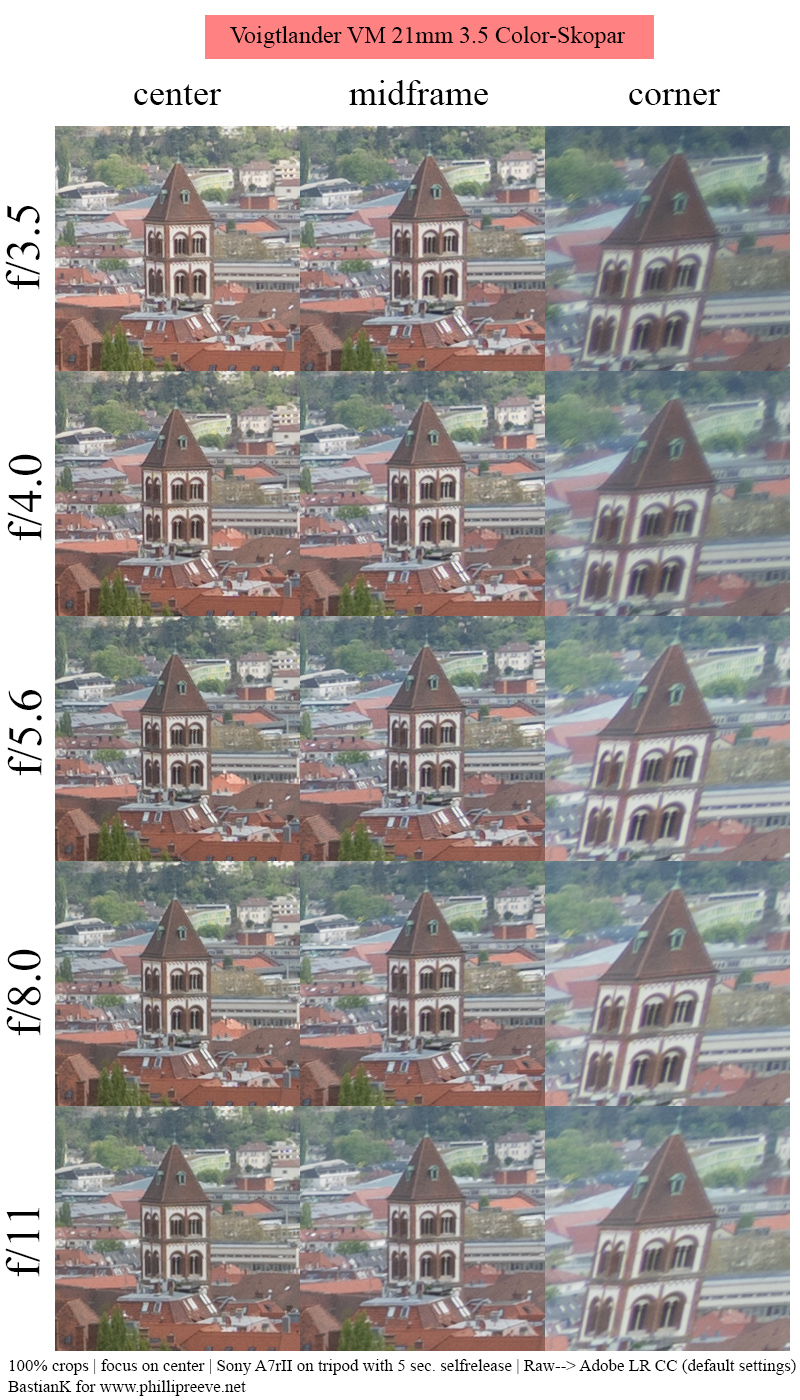
Center and midframe look really good at all apertures but the corners don’t look that great as they lack a bit of contrast.
As the VM 21mm 3.5 is a comparably wide and slow lens I was wondering whether Cosina made adjustments to the optical design for E-mount and M-mount. When I compare the results I got with the M-mount version on the Sony A7rII to those Phillip got with the E-mount version on the A7II it seems to me that the M-mount version looks no worse, maybe even better. I also spotted some inwardly curved field curvature when the lens is used on the M10, so my guess is the optical design is the same for both mounts.
infinity (24mp Leica M10)
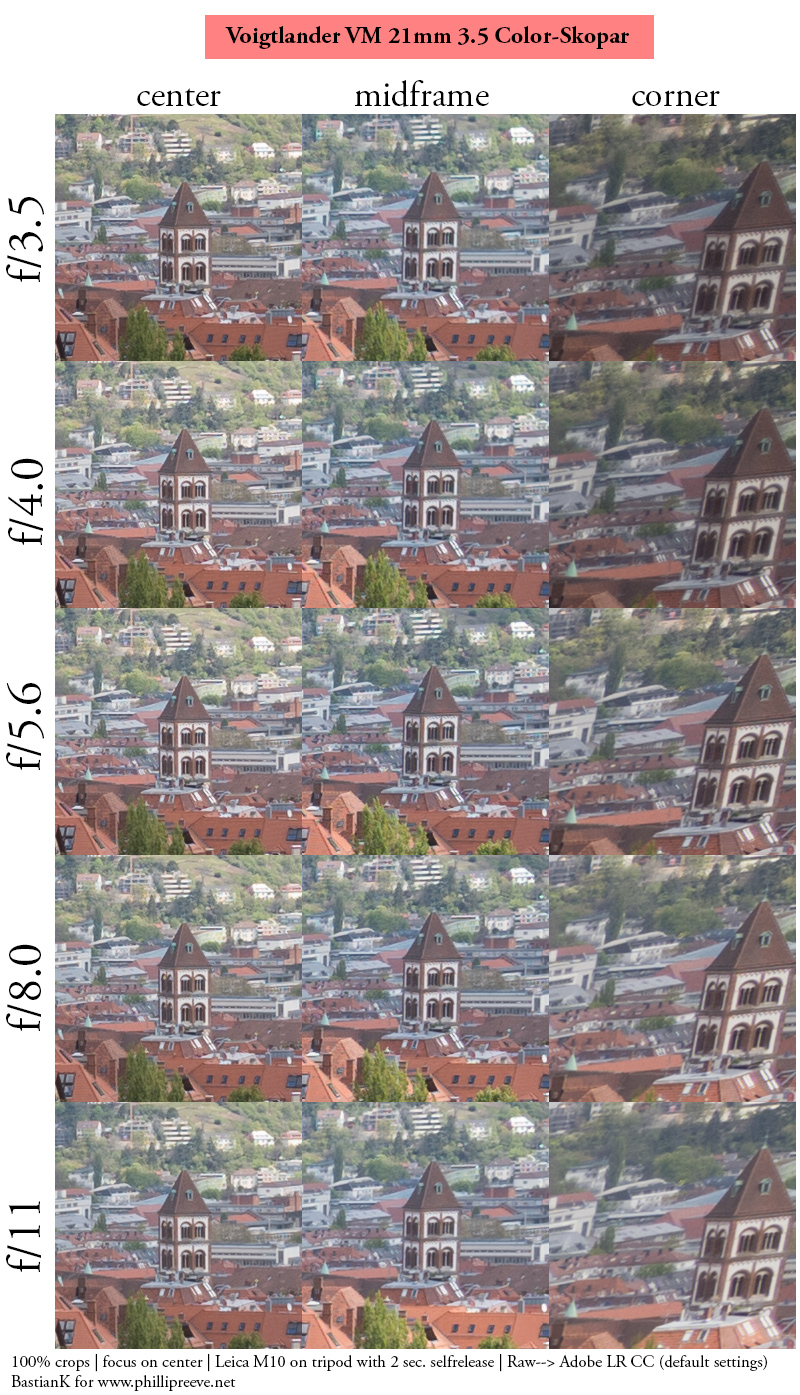
We have to take the lower resolution of the Leica M10 into account, but the corners look a bit cleaner and contrastier to me. Generally we see good contrast and resolution across frame which should yield good results for landscape and architecture photography.
close (0.50 m, 1:20)
100% crops from center, A7rII
A minimum focus distance of 0.5 m is not that exciting for a 21mm lens but the good thing is that in the center the performance is really great already at the maximum aperture.
The Voigtlander VM 21mm 3.5 does not feature a floating elements design though and as is often the case with such lenses there is also significant field curvature at closer distances visible (have a look at the sample in the distortion section).
A lens with a more complex floating elements design like the Zeiss Loxia 21mm 2.8 is doing a better job here.
Flare resistance
As always evaluating flare is a complex matter since you can get any lens to look bad if you push it hard enough and a slight change of scenario will affect results a lot.
But – as has often been the case with the latest Voigtländer lenses – it is in fact very hard to make them look bad.
I am showing you some of the worst case examples here and I really had to push it to create some ghosts.
Veiling flare or loss of contrast are hardly an issue, no matter whether you are using the hood or not.
Coma
100% crops from extreme corner, focused on corner, M10
Coma at f/3.5 and f/4.0 can be noticeable but improves significantly at f/5.6, so I recommend to stop down to at least f/5.6 when taking pictures of a city scene with point light sources.
Distortion
The VM 21mm 3.5 shows noticeable barrel distortion that I think is also slightly wavy. I clearly felt the need to correct it in architecture shots and luckily there is a Lightroom profile available for this. I think it overcorrects distortion a bit and for me a setting of 70 to 80 usually worked better than the full correction.
The high amount of field curvature I mentioned in the sharpness close section is also easily visible in these pictures.
Bokeh

A 21mm lens with a maximum aperture of f/3.5 and a minimum focus distance of 0.5 m is not exactly great news if you are into shallow depth of field photography.
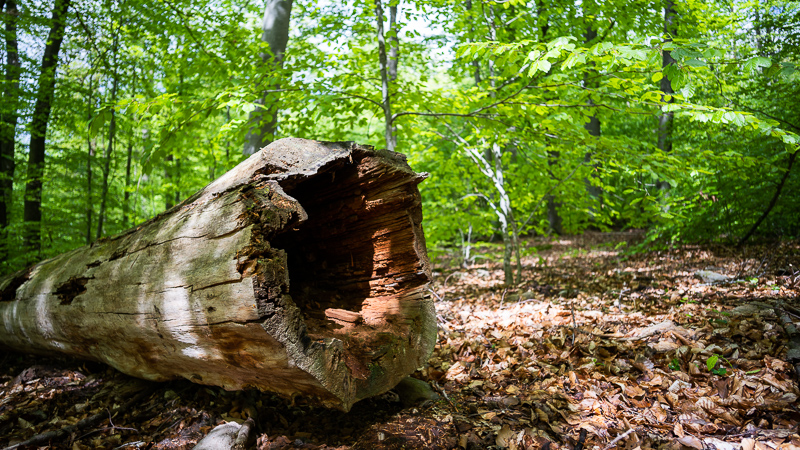
For a wide angle lens the bokeh is comparably clean and undistracting though, but there are certainly better lenses available for this task.
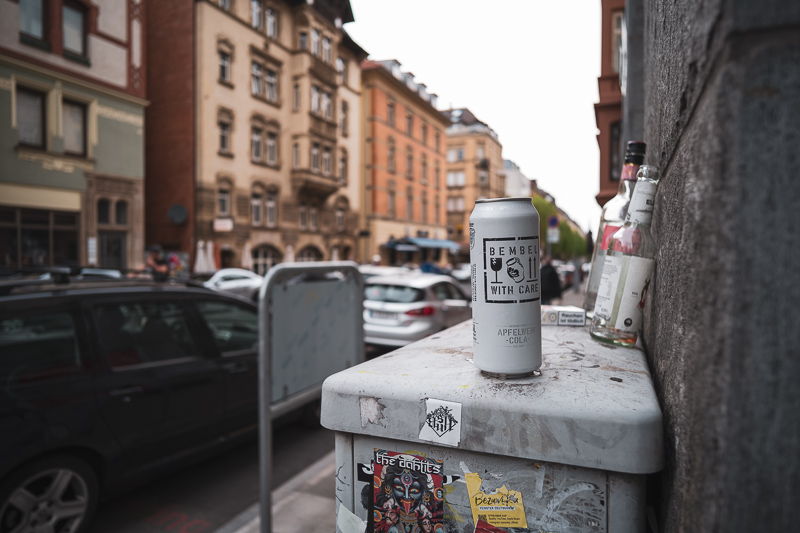
The E-mount version of this lens focuses down to 0.2 m (instead of the 0.5 m we get here) which allows for significantly more dramatic close up shots as can be seen in Phillip’s review. If you are using the M-mount version in combination with a helicoid adapter on your Sony camera you will get similar possibilities though (again, very obvious, m-shaped, field curvature):
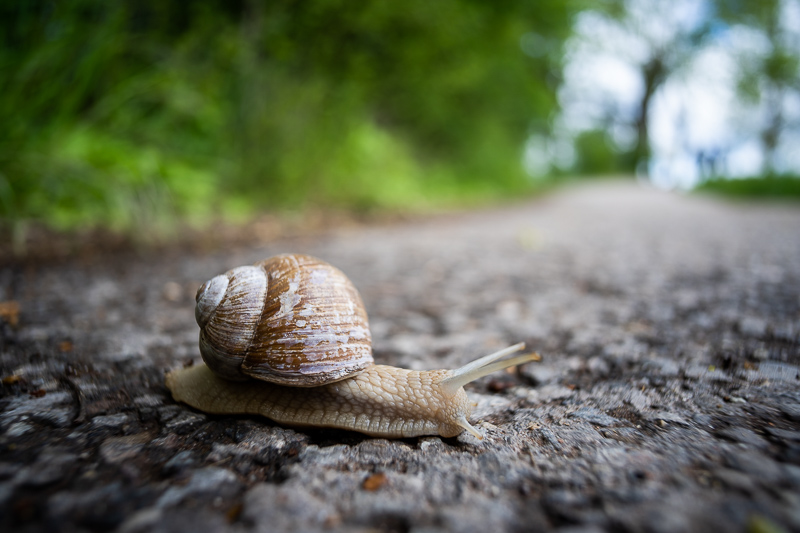
Sunstars
Sunstars are already visible at f/4.0 but look best defined between f/8.0 to f/11 to me. If you want to know more about sunstar rendering of different lenses have a look at this article.
Chromatic aberration
lateral
100% crops from corner, Leica M10
Lateral CA are on a low level and easily corrected in post by one click.
longitudinal
As the Voigtlander VM 21mm 3.5 is a comparably slow wide angle lens longitudinal CA are usually nothing to worry about.
Conclusion
good
|
average
|
not good
|
M-mount user
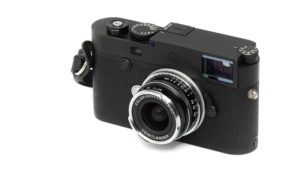
I am not sure how popular 21mm lenses are among Leica-M users as the rangefinder is not wide enough to actually properly use them, so you have to resort to an external finder or use liveview instead.
Despite this there are plenty of 21mm M-mount lenses to choose from, counting used options already four from Voigtlander only.
I haven’t used all of them but it seems to me that of the slower options this VM 21mm 3.5 will perform the best, especially on digital cameras as the color cast has been greatly reduced compared to the predecessor or the compact options from other manufacturers.
The lens has actually no flaws that stand out (except for the expensive lens hood maybe), so if you are looking for a compact, lightweight 21mm M-mount lens this should be on top of your list of lenses to consider.
Like the Voigtlander VM 75mm 1.5 Nokton this VM 21mm 3.5 Color Skopar is a lens that delivers great results in a compact and enjoyable-to-use package.
Sony E-mount user
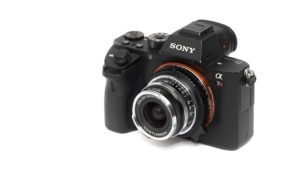
I have the feeling that the E-mount version and the M-mount version share the same optical design, but the E-mount version benefits from a better minimum focus distance (0.2 instead of 0.5 m), transmission of Exif data and usually a cheaper price.
Only when you are using both systems parallely, you think M-mount lenses are more future proof or you really dig the (vastly different) design it makes sense to get the M-mount version over the E-mount version in my opinion.
Personally I only got this lens to use with the Leica camera, on the Sonys I will stick to the Zeiss Loxia 21mm 2.8.
You can usually find the Voigtlander VM 21mm 3.5 on CameraQuest, B&H, Robert White, amazon.com or ebay.com for about $799/799€ (affiliate links)
Alternatives
M-mount
Voigtlander VM 21mm 4.0 Color-Skopar:
The predecessor can be found for about half the price and it is also smaller and lighter. I have shortly used it and wasn’t too happy with it, it did not show as high contrast as the new lens and had issues with veiling flare. It also has severe issues with color cast on Leica’s fullframe digital M cameras.
buy from B&H | ebay.com | ebay.de for $419 (affiliate links)
Zeiss ZM 21mm 4.5 Biogon:
Zeiss’ slower 21mm lens is pretty rare and about as expensive as the Voigtlander reviewed here. From the few samples I have seen it seems to me the Voigtlander 21mm 3.5 performs better. The Zeiss also has severe issues with color cast on Leica’s fullframe digital M cameras.
buy from B&H | ebay.com | ebay.de for $799 (affiliate links)
Voigtlander VM 21mm 1.4 Nokton:
This 21mm 1.4 is Voigtlander’s faster 21mm option. It is a great performer stopped down but sadly the vignetting is really high at f/1.4. Still, if you have need for a fast 21mm lens this one is surely worth a look, as it shows am amazing performance and thanks to a floating elements design does so at all focus distances.
buy from B&H | ebay.com | ebay.de for $1049 (affiliate links)
TTArtisan 21mm 1.5 Asph:
The cheapest fast 21mm M-mount lens option that unfortunately comes with quite a few optical compromises.
buy from amazon.com | ebay.com | ebay.de for $429 (affiliate links)
Leica 21mm M-mount lenses:
Leica currently offers a 21mm f/1.4, 21mm f/2.8 and 21mm f/3.4 prime lens as well as a 16-18-21mm 4.0 zoom lens. I haven’t used any of these personally, one reason for that is them all being at least $3.000.
E-mount
Voigtlander 21mm 3.5 Color-Skopar E:
This lens is also available as native E-mount lens, you benefit from a better minimum focus distance of 0.2 m as well as transmission of Exif data but it seems to me the optical design remained unchanged. The E-mount lens can also usually be found cheaper and always comes with a lens hood.
buy from B&H | amazon.com | ebay.com | ebay.de for ~$699 (affiliate links)
Zeiss Loxia 21mm 2.8:
The Zeiss Loxia shows a more even across frame performance and works a bit better at closer distances. New it is still very expensive but it can sometimes be found used for a fair price.
buy from amazon.com | amazon.de | B&H | ebay.com | ebay.de for $1298 (affiliate links)
Voigtlander 21mm 1.4 Nokton E:
This 21mm 1.4 is Voigtlander’s faster 21mm option. It is a great performer stopped down but the extremely high vignetting makes me question its usefulness at f/1.4. Still, if you have need for a fast 21mm lens this one is surely worth a look.
buy from amazon.com | amazon.de | B&H | ebay.com | ebay.de for $1199 (affiliate links)
Sony FE 20mm 1.8 G:
If you are looking for an AF lens this late Sony FE 20mm 1.8G will not disappoint. Great optics at a fair price.
buy from amazon.com | amazon.de | B&H | ebay.com | ebay.de for $798 (affiliate links)
Sample Images
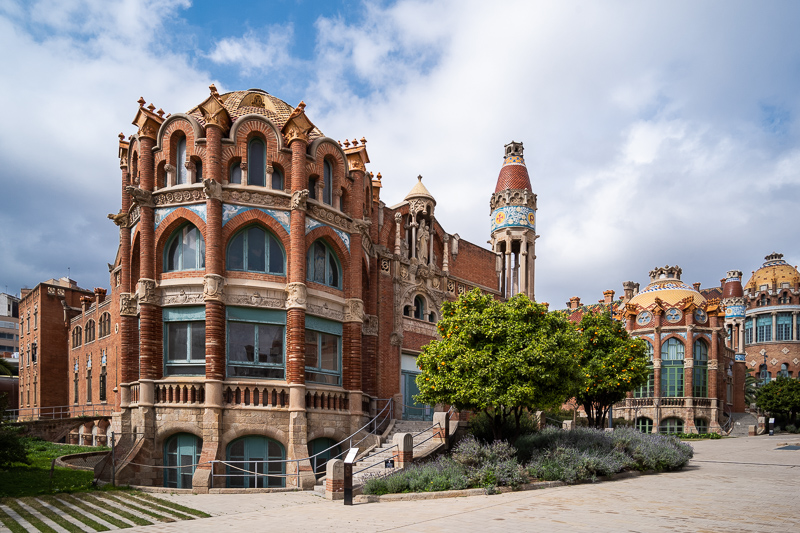

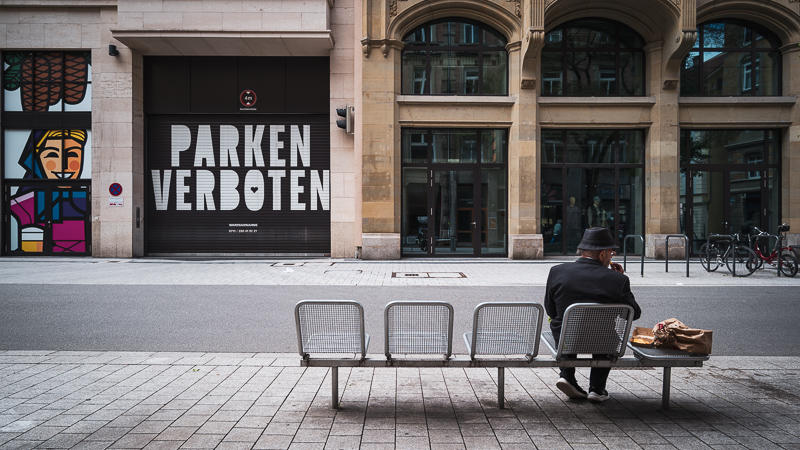
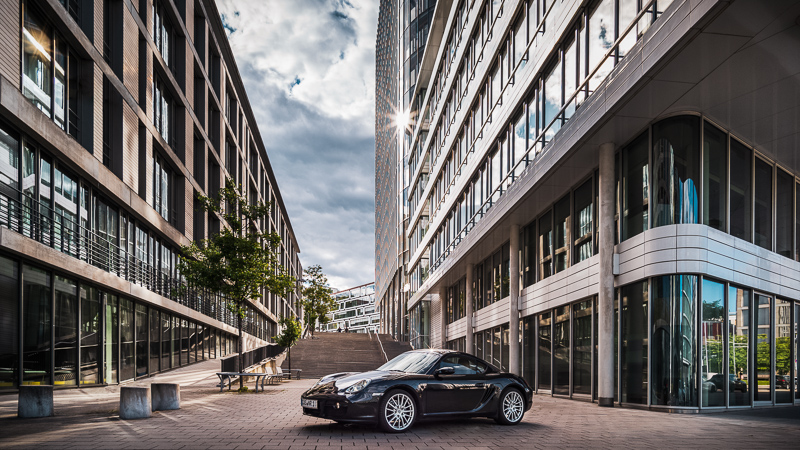
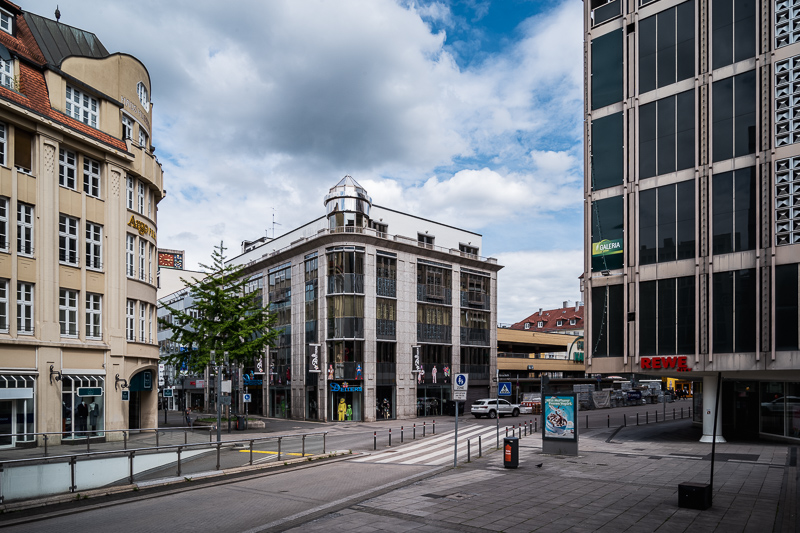
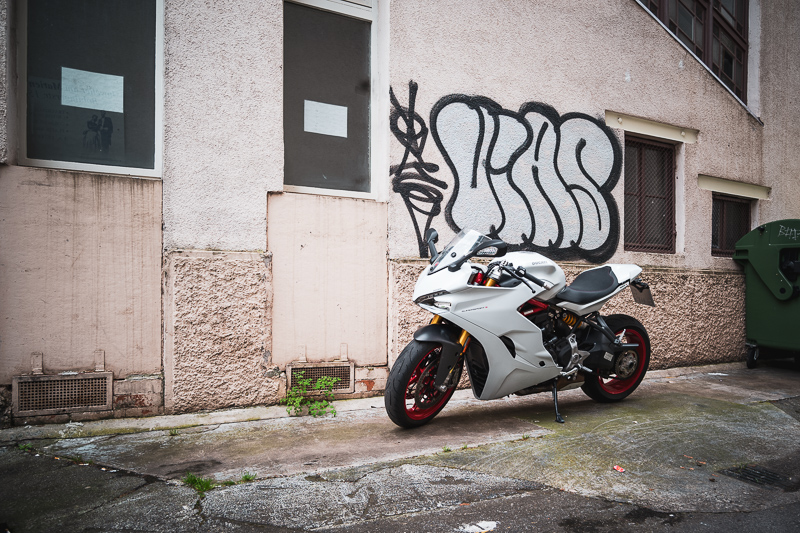
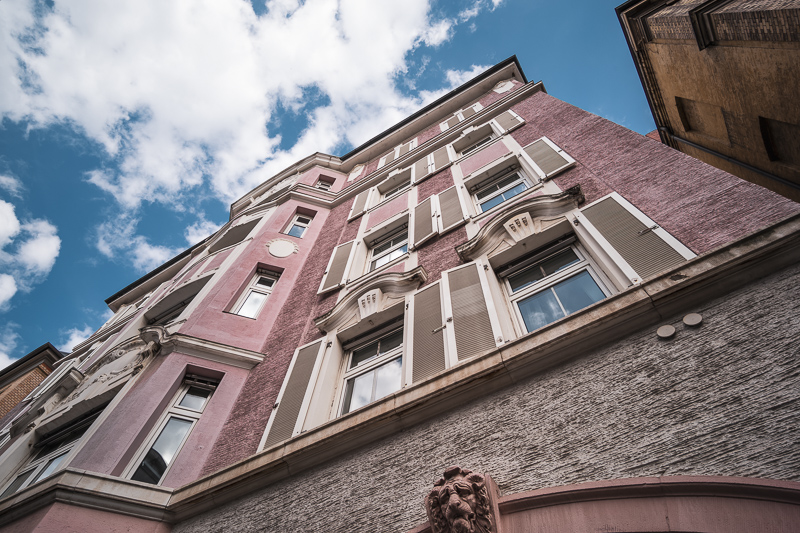
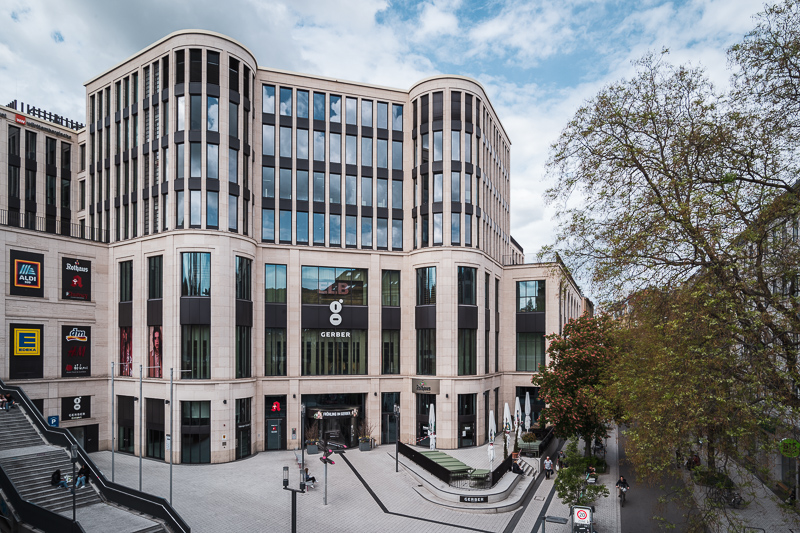
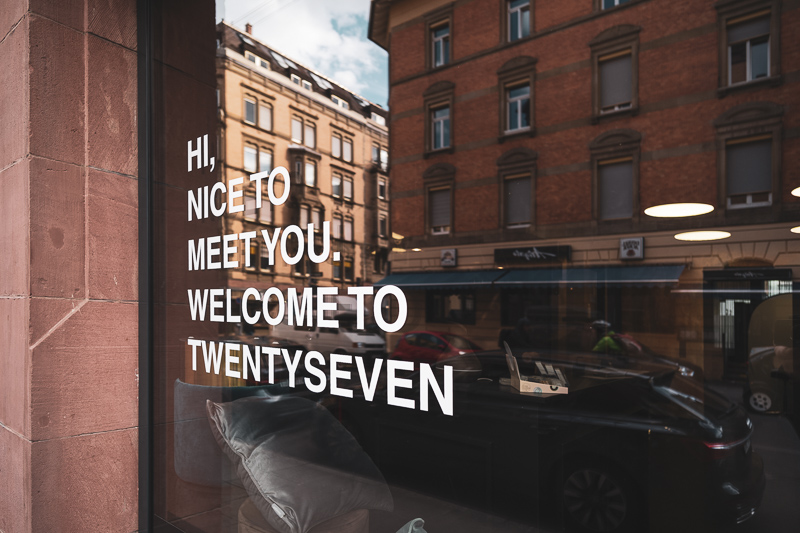
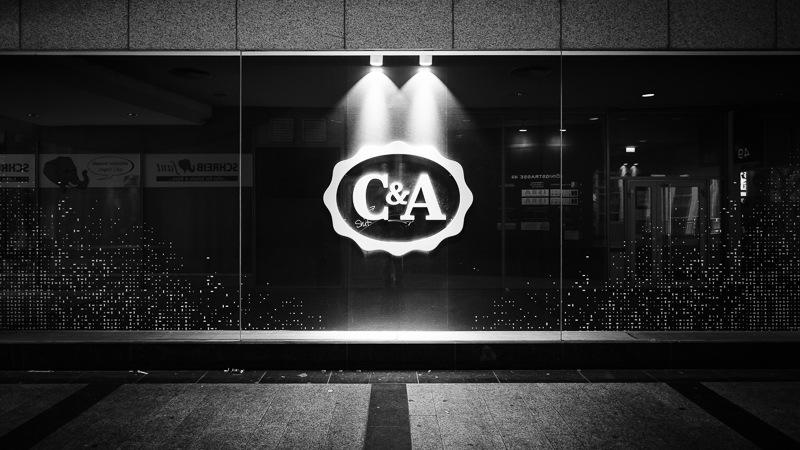
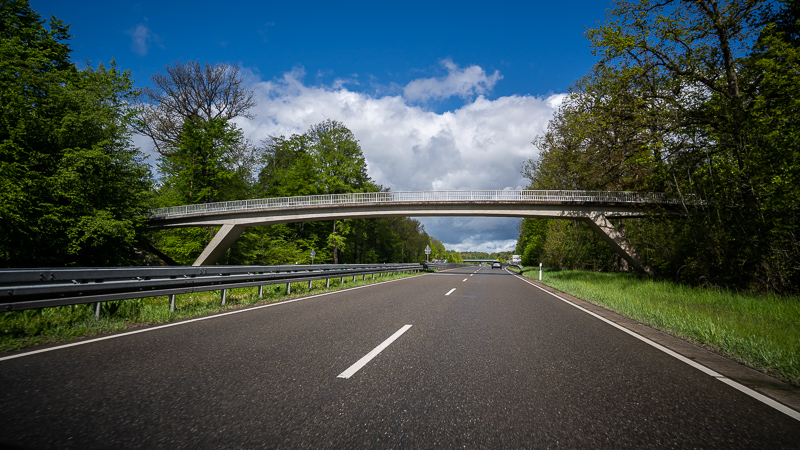
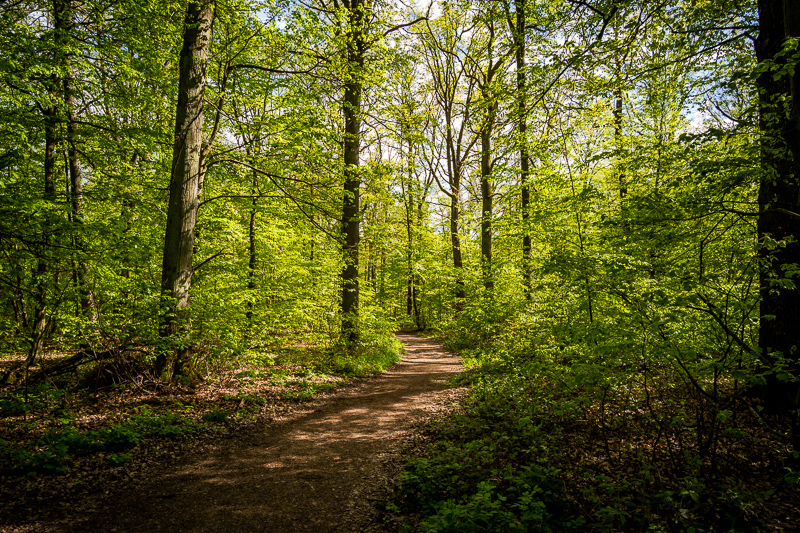
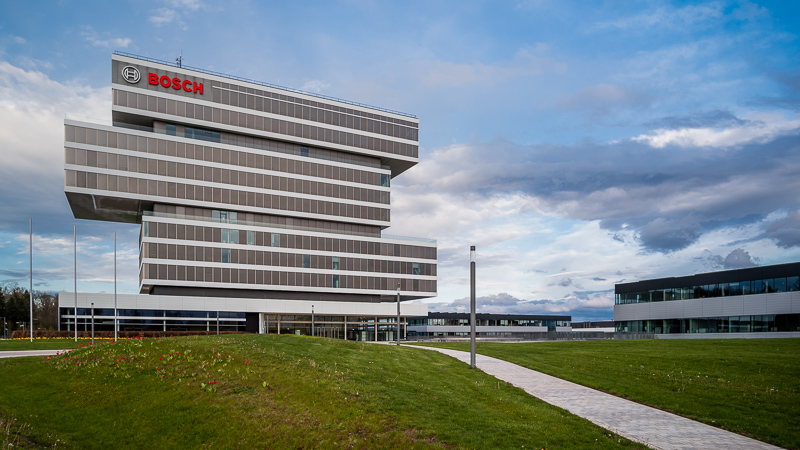
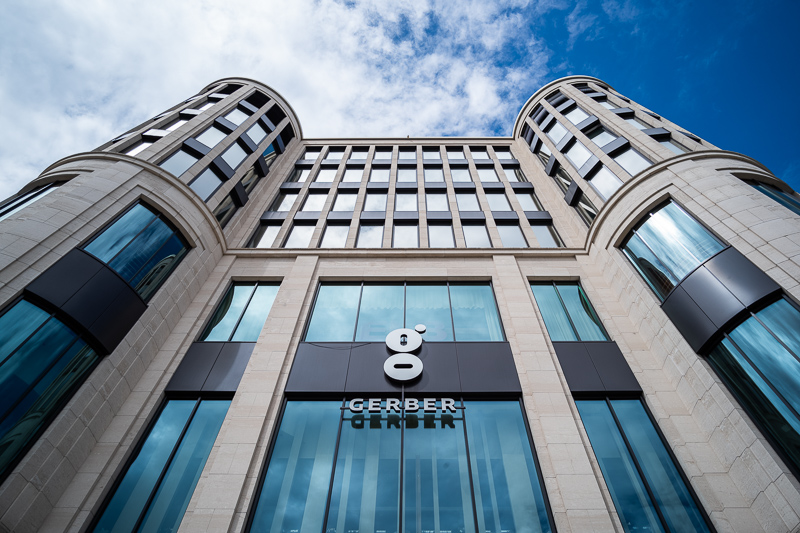
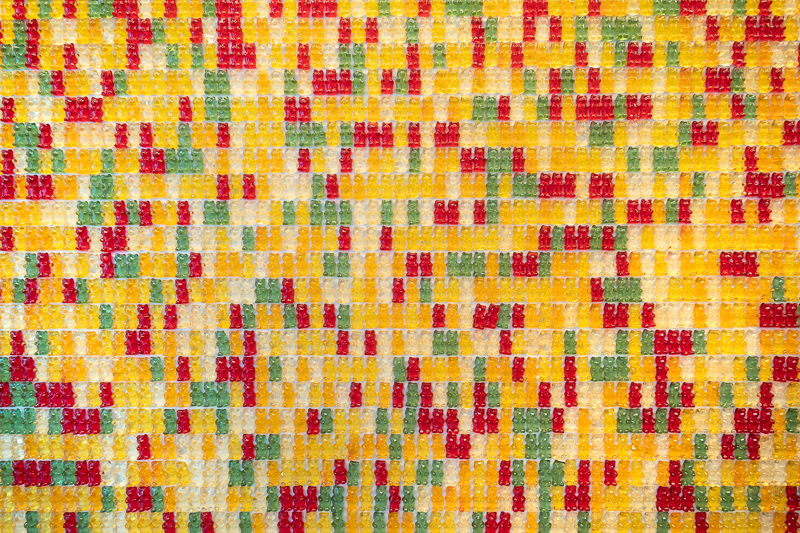
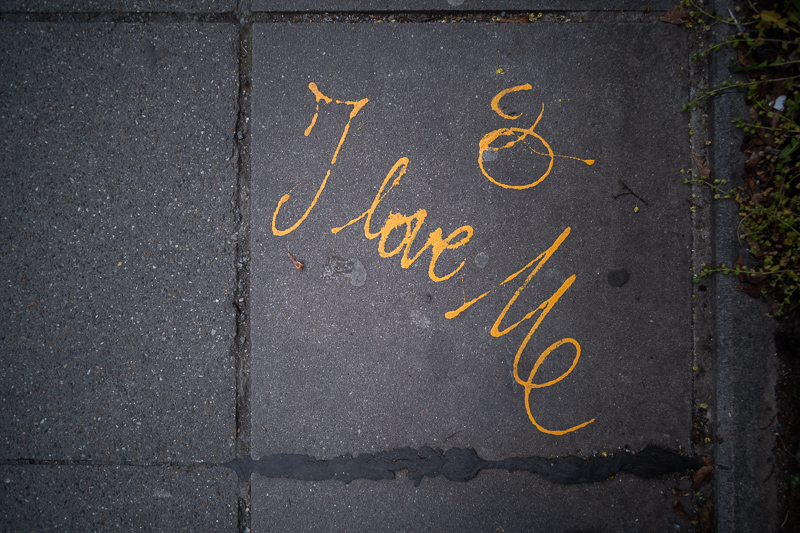
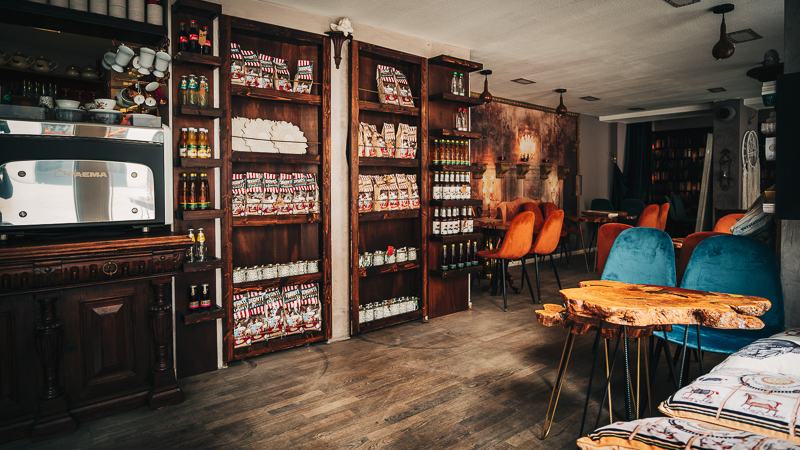
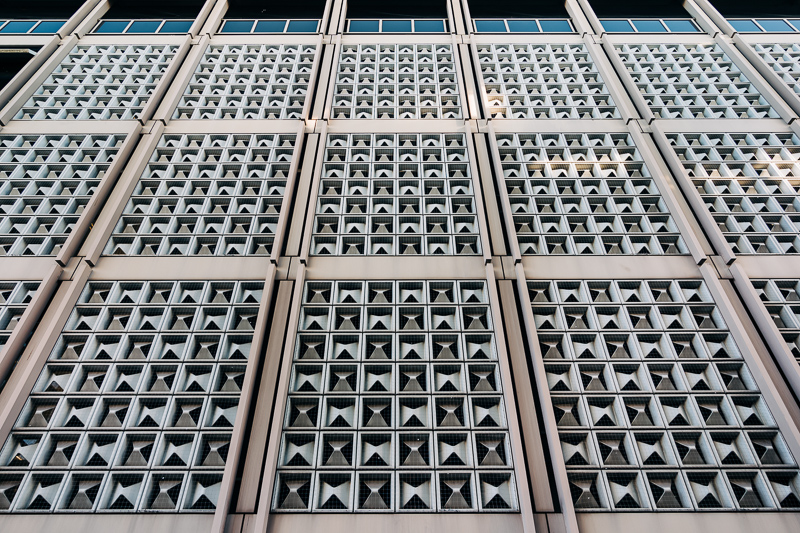
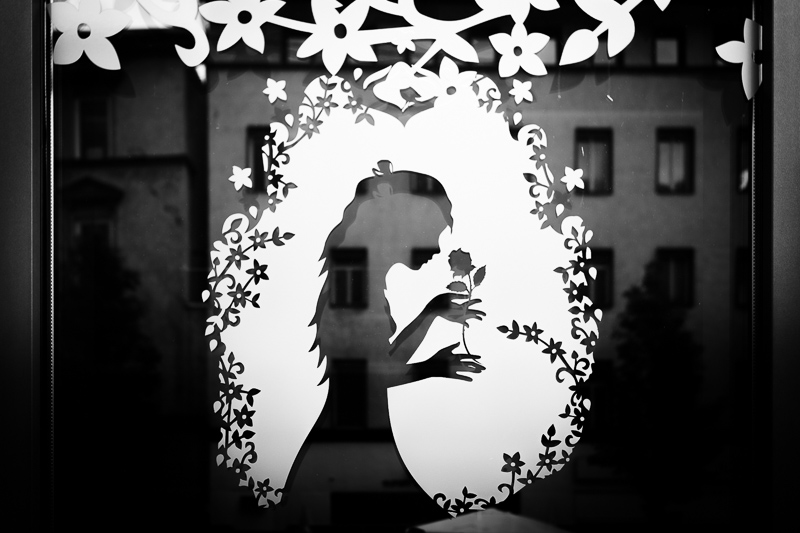
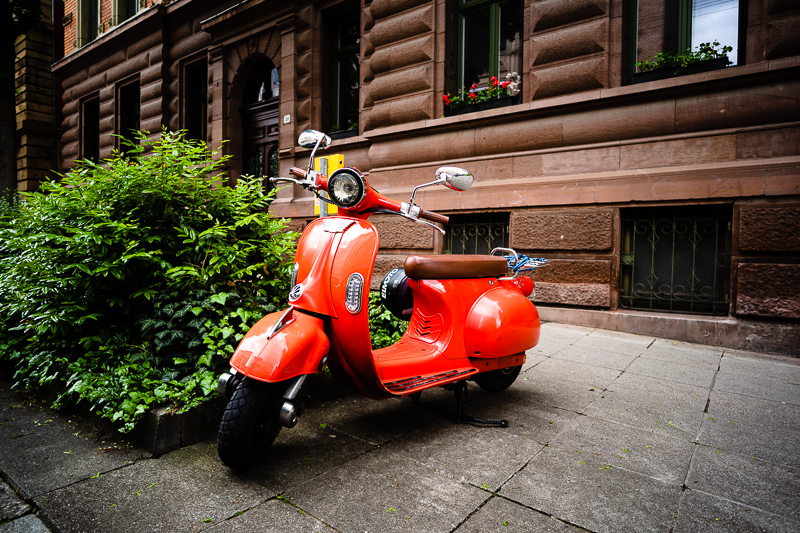
Most of the sample images in this review can be found in full resolution here.
Further Reading
- Sony FE lenses: Our comprehensive and independent guide
- Sony FE lenses: Our guide to ultra wide angle lenses
- Review: Sony FE 85mm 1.4 GM
- Review: Voigtländer 50mm 1.2 Nokton E
Support Us
Did you find this article useful or just liked reading it? Treat us to a coffee!
![]()
![]()
![]() via Paypal
via Paypal
This site contains affiliate links. If you make a purchase using any of the links marked as affiliate links, I may receive a small commission at no additional cost to you. This helps support the creation of future content.
Latest posts by BastianK (see all)
- Comparison: Super Fast 35mm f/0.95 | f/1.2 Fullframe Lenses - April 20, 2025
- Review: Viltrox AF 35mm 1.2 FE LAB - April 16, 2025
- Review: Artizlab 35mm 1.4 Classic - April 12, 2025
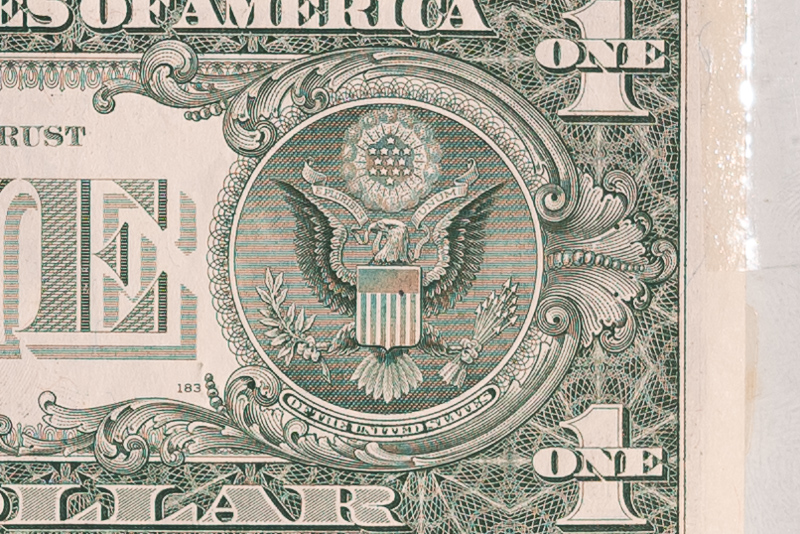
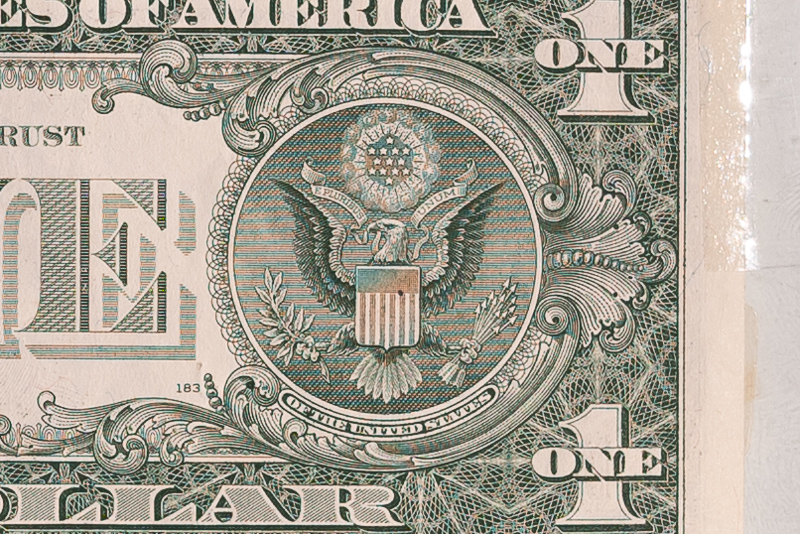
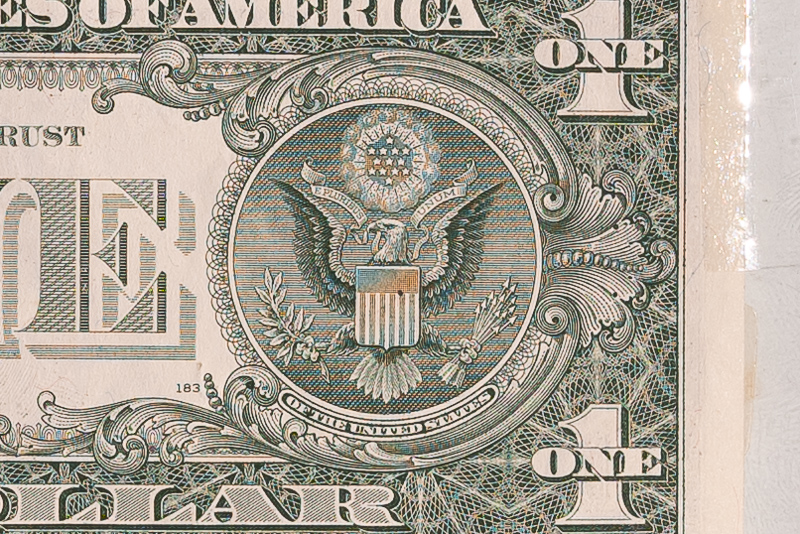
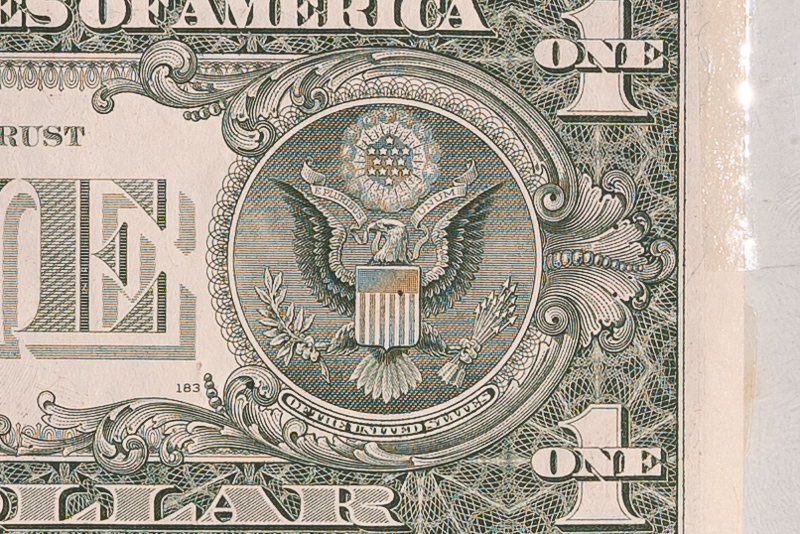
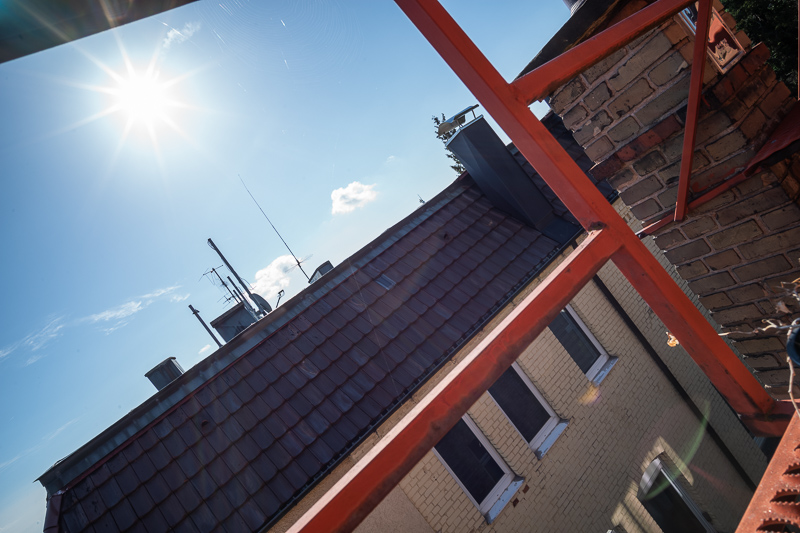
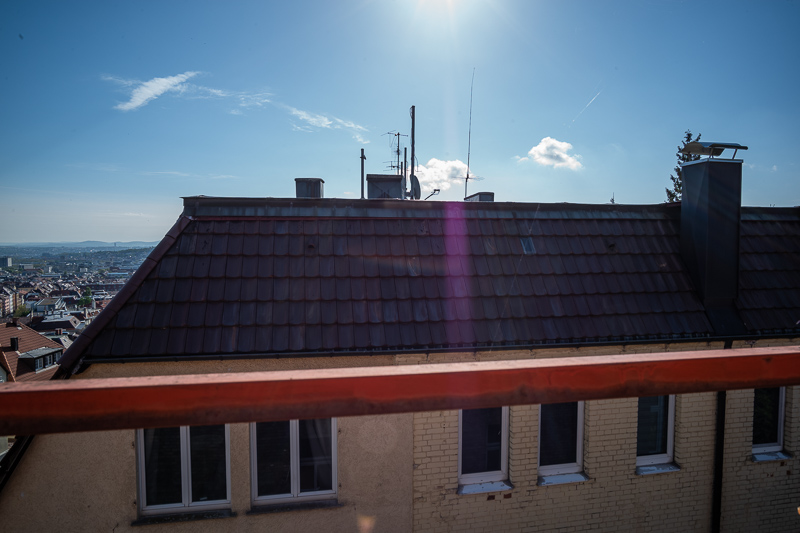
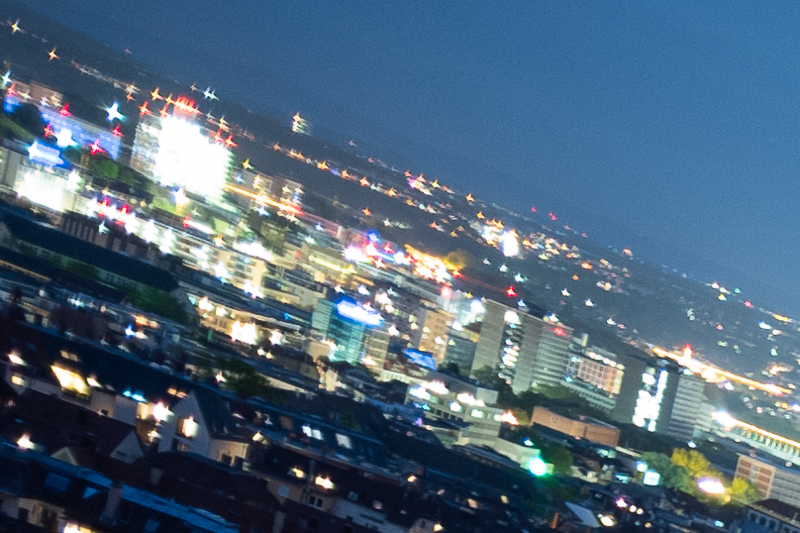
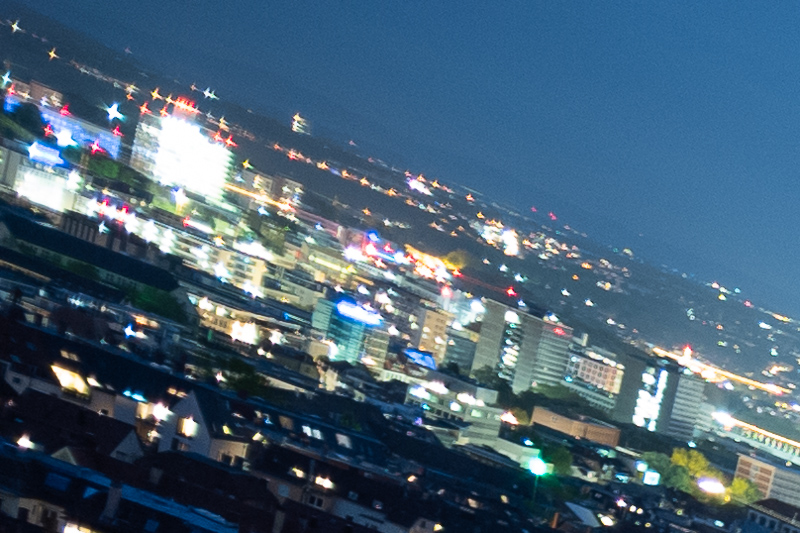
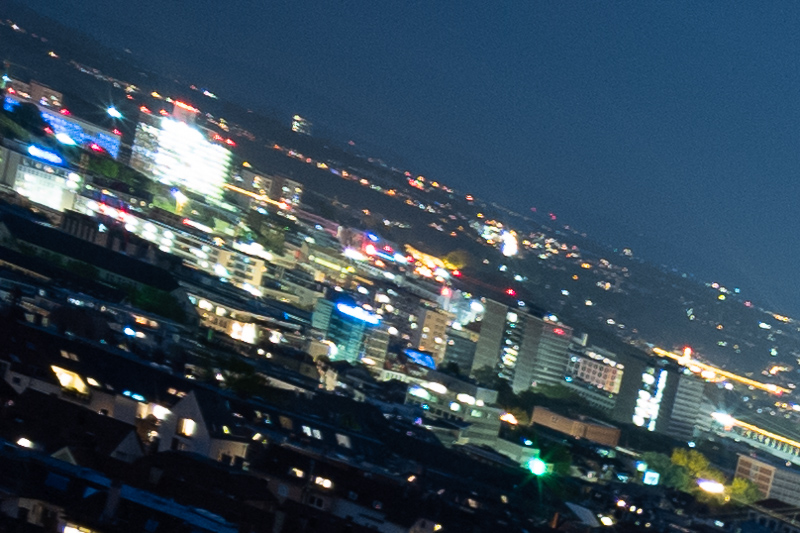
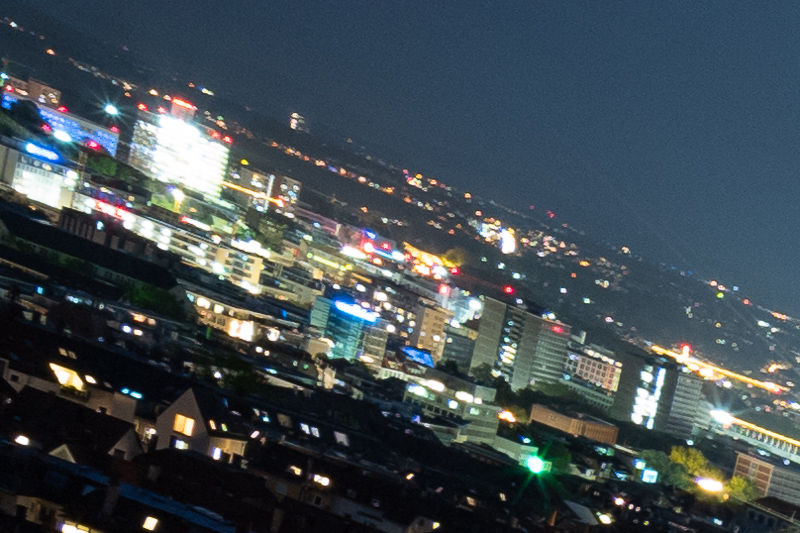
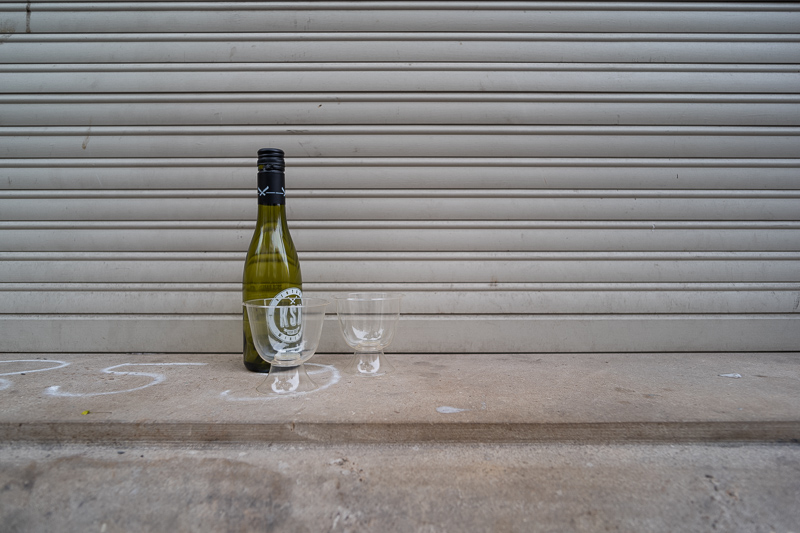
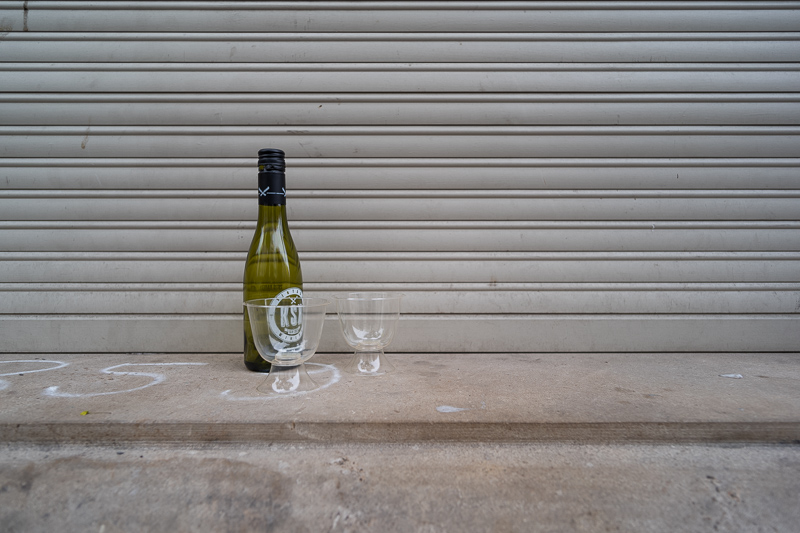
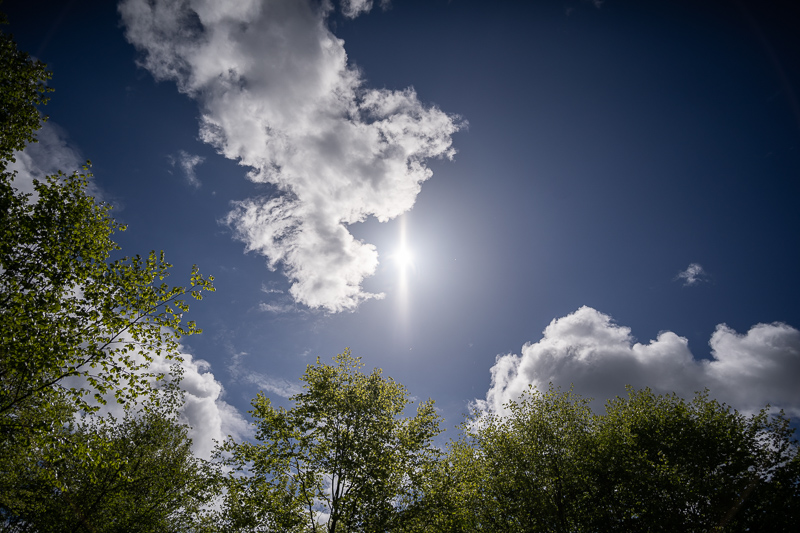
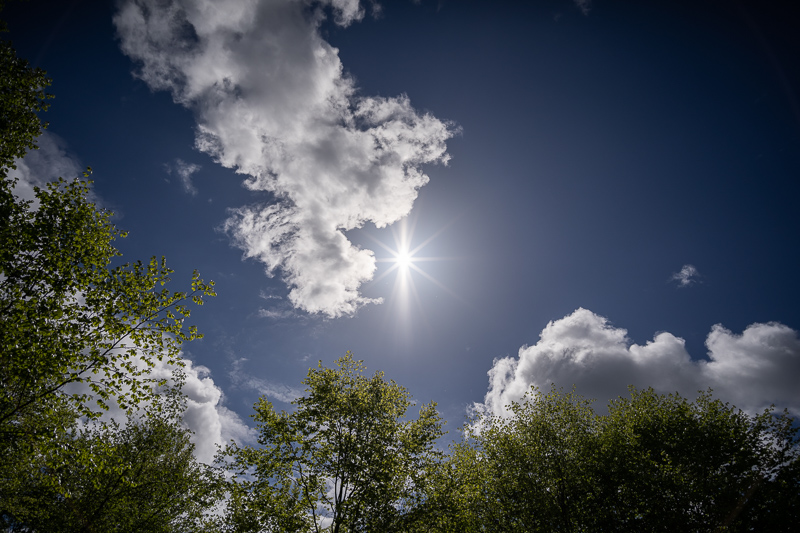
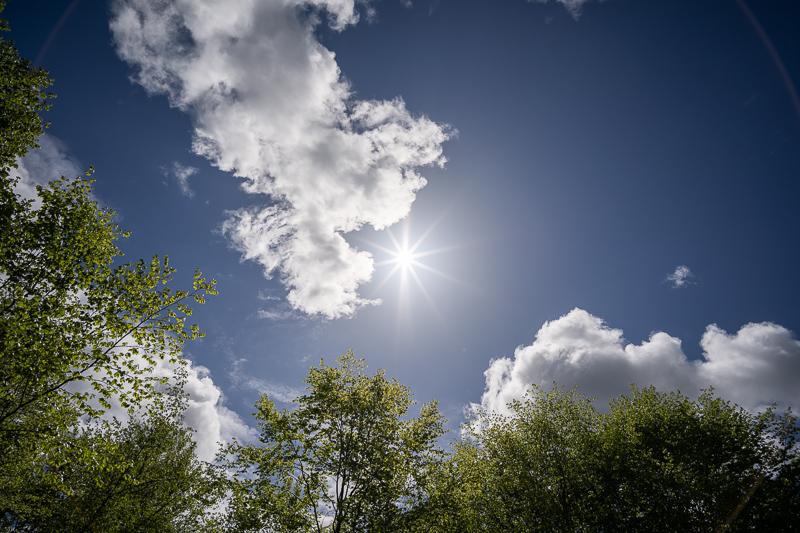
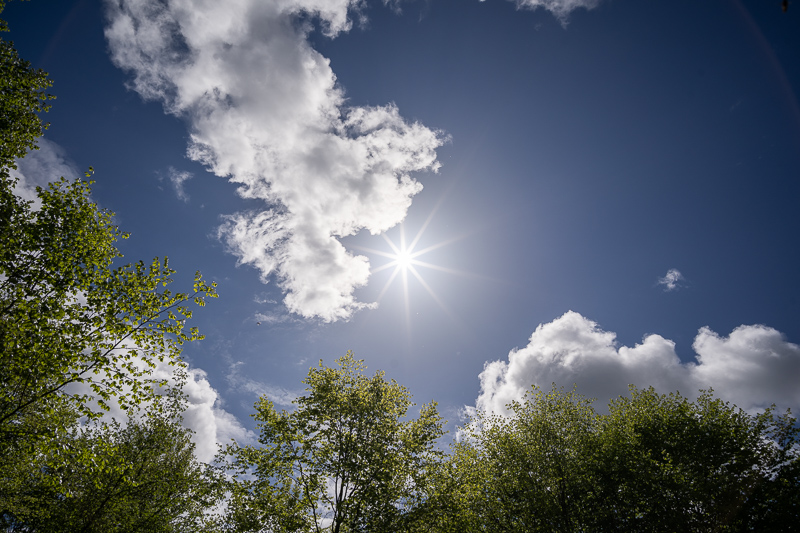
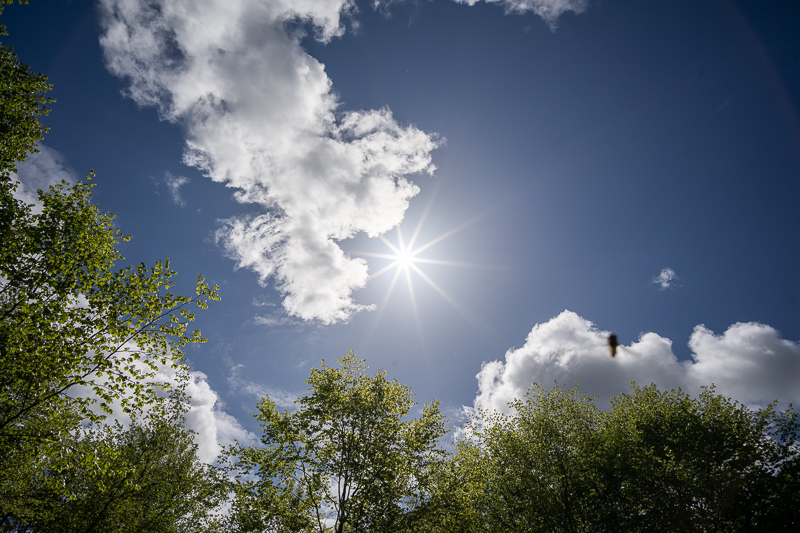
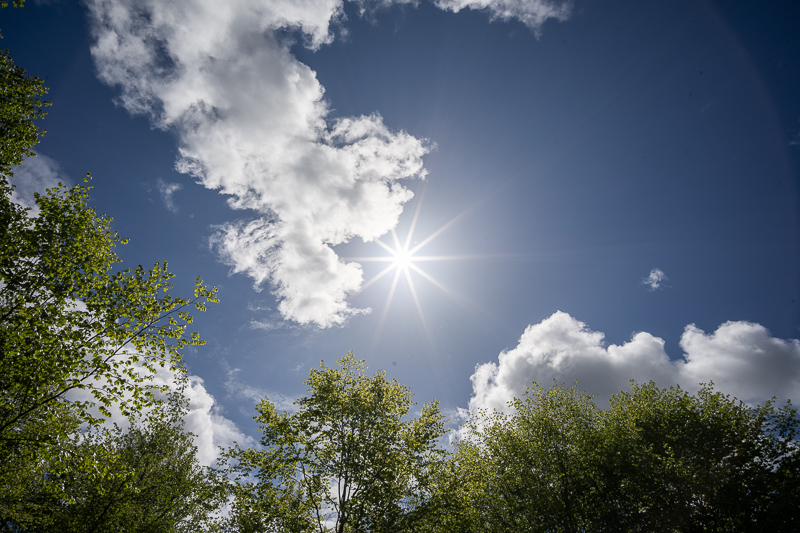
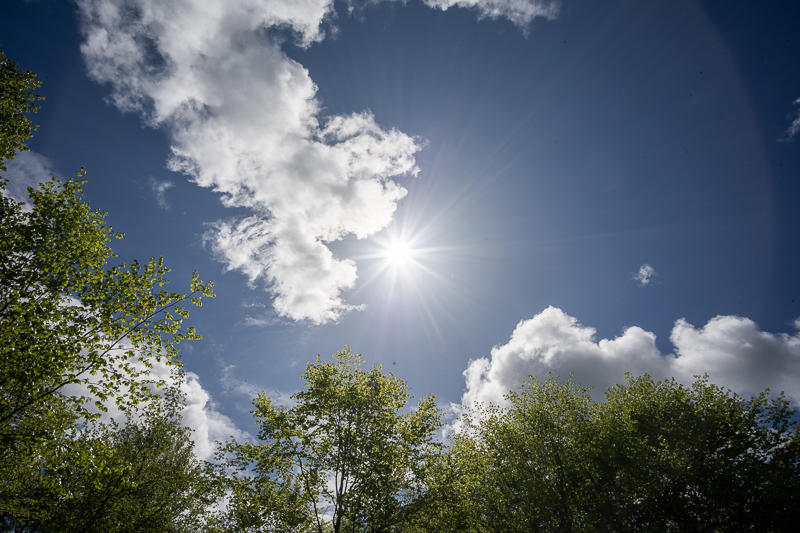
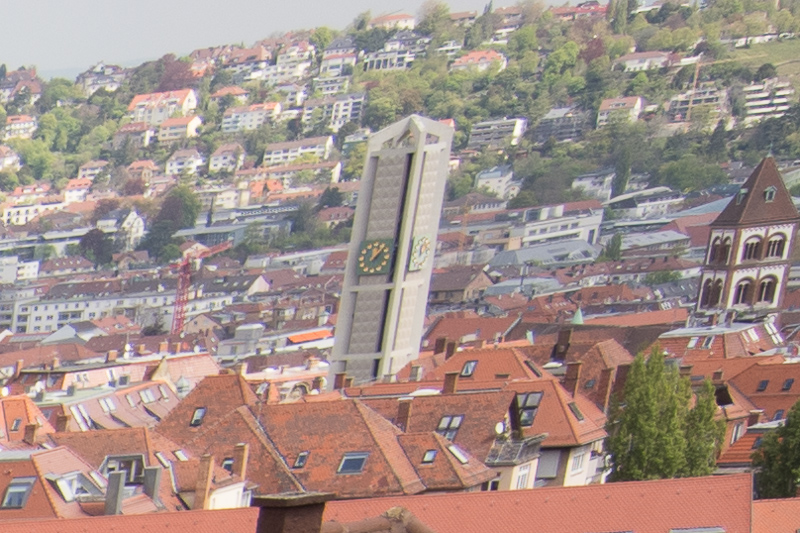
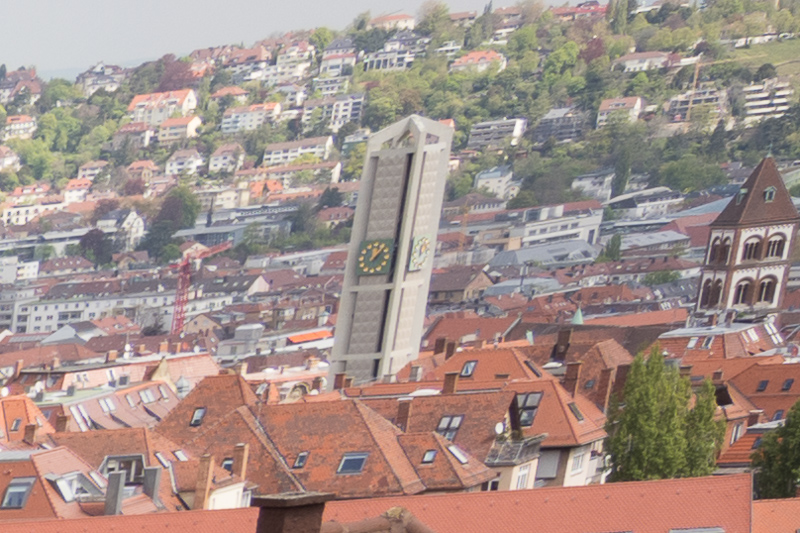
Excellent review as always! I agree that the VM 21/3.5 is a better optical instrument than the VM 21/4, but I prefer focus tabs to focus nubs and I find the VM 21/3.5’s distance scale far harder to read because of its tiny print and low contrast.
When I shoot 21mm on M systems I use an OVF, set the aperture to f/8, and use the distance scale to cover roughly everything from 1m through infinity as a landscape point & shoot. So that distance scale matters a lot to me, and I’m regularly rechecking it in case it’s been bumped.
I feel like the TT 21/1.5 gets a perhaps unfair rap because of its fast aperture. I see it more as something like a 21/2.8 which can be opened up further in case of emergencies. At half the price of the VM 21/3.5, I think it’s still a fine choice stopped down for those that don’t mind the size and especially weight.
The small Voigtländer looks nice, but this large hood looks so ugly on this small lens! Don’t know if the cosina-designers had a real bad monday…😉
I love the pic of the Porsche, just amazing
If you enjoy such kind of pictures you can have a look at my new instagram or flickr account:
https://www.instagram.com/365daysofporsche/
https://www.flickr.com/photos/365daysofporsche
Nice!!!!! I like the 21mm shot with the beams/parking lines all perpendicular as well as the yellow targa.
I’ve got too many hobbies right now, someday down the line I will restore an old 911.
For me not only time but also skill would be an issue here 🙂
The venerable CV21/3.5 is definitely a hidden gem out there in my opinion, and your review shows that too! The lens gets a lot of praise on FM too, for the right reasons. Sadly this is one that I know I would love to use, but wouldn’t use often enough to justify. A common problem with CV lenses haha
Does this suggest that this wide-angle leica-mount lens works okay on Leica and Sony A7 series? I am asking because Sony A7 RII, used in the test, has this Back-side luminated CMOS, which seems to work better with ranger finder lenses, I, on the other hand, have Sony A7II. It would be great if it works well on those older sensors too? Thanks.
The BSI design is very slightly better when it comes to vignetting (max. 0.3 EV in the extreme corners) otherwise there are no notable differences between A7II and A7rII in this regard.
Saw “Voigtlander” and got my hopes up thinking it was a 35mm f2 APO review! Want to see more professional opinions on that lens 🙂
I found a little application with GUI to add or modify lens and aperture exif data to raw files (.nef, .arw, .dng, etc.), useful for people people using manual lenses on digital cameras.
It works on Linux, and should work on Windows and Mac. It is free software and the code is on github.
https://github.com/nlaq/LensExif
Thanks a lot for the fantastic review! Very interesting lens!
I have one practical question. Keeping a protective low profile filter always mounted, like the, B+W XS-Pro, would a second filter, like a polarizer vignette? Would it be necessary or convenient to step up, say to 43mm, for this task?
I don’t even have one 39mm filter, so cannot tell you at the moment.
I already own the Zeiss 16-35mm and it works very well on my A7Rii. I currently own the Leica SL as well. What I’m looking for is a good 21mm walk around prime lens. I want to be able to use that lens on both cameras. The Loxia 21mm would be the obvious choice for the Sony but with already having the 16-35 I would be better suited to have one that works on both cameras. Do you think the CV 21/3.5 would serve that purpose well? I foresee myself shooting at F8 most of the time if that helps. And I am aware of filter stack issues with M lenses and Sony. I probably know the answer to my dilemma but maybe looking for a second opinion from you.
Actually, I think this VM 21mm 3.5 works reasonably well regardless of filter stack.
I was thinking of writing an article for lenses that work well on Leica as well as Sony and would have included this one.
Hi Bastian,
yes such article would be great !
Tom
Great review and greater-er photos! 😛
I am especially fond of the Porsche photo!
Cheers
-Brandon
Amazing review and incredible samples. Thank you got all this effort. As you and others have mentioned this lens has some field curviture. Is it most noticeable at infinity or at every distances? Planning to use it mainly for street
It is only actually noticeable when taking a picture of something flat at wider apertures. I don’t think this is something that will bother you when shooting street.